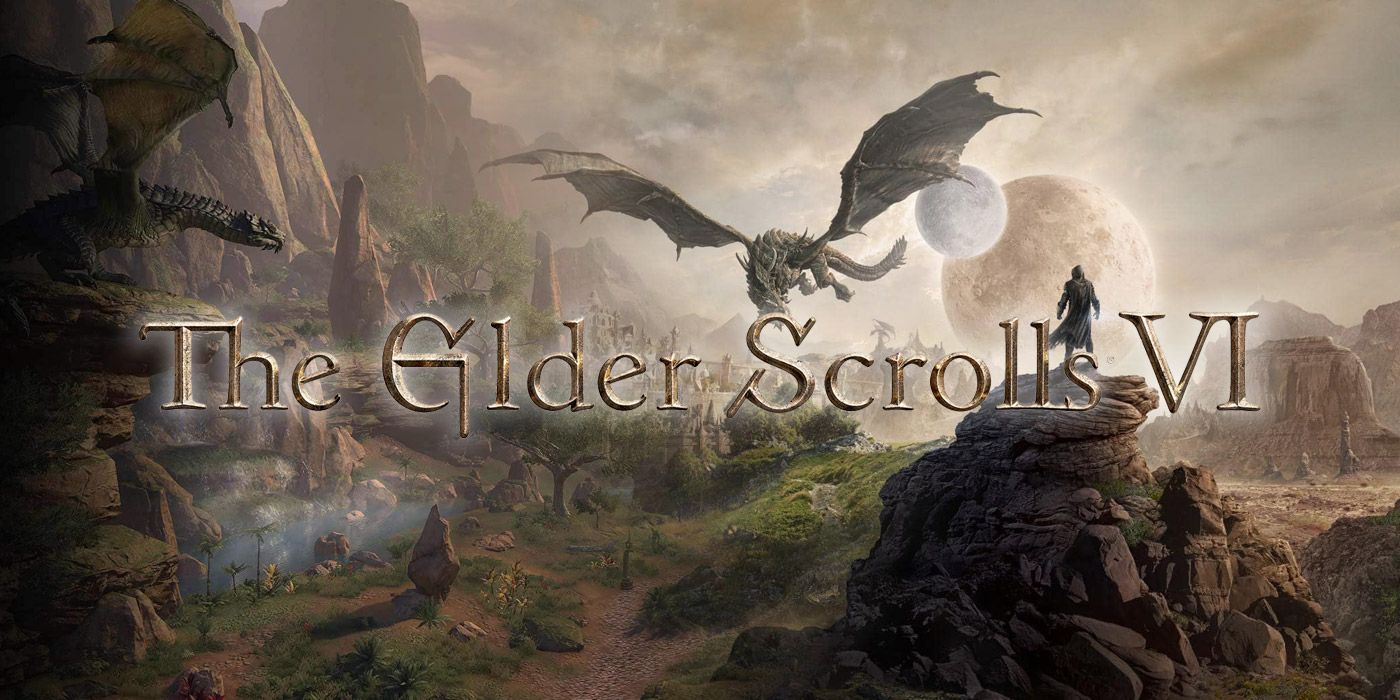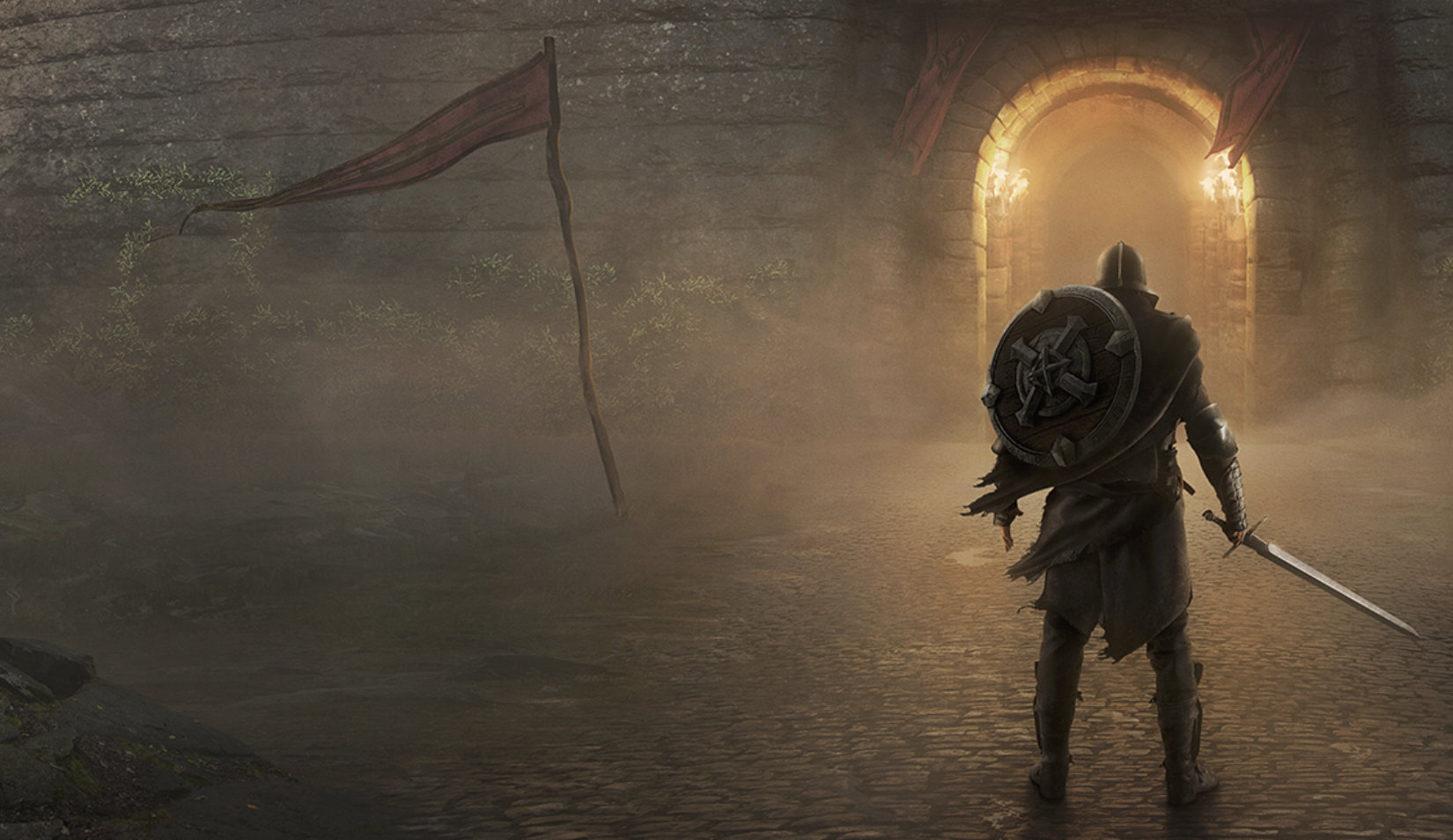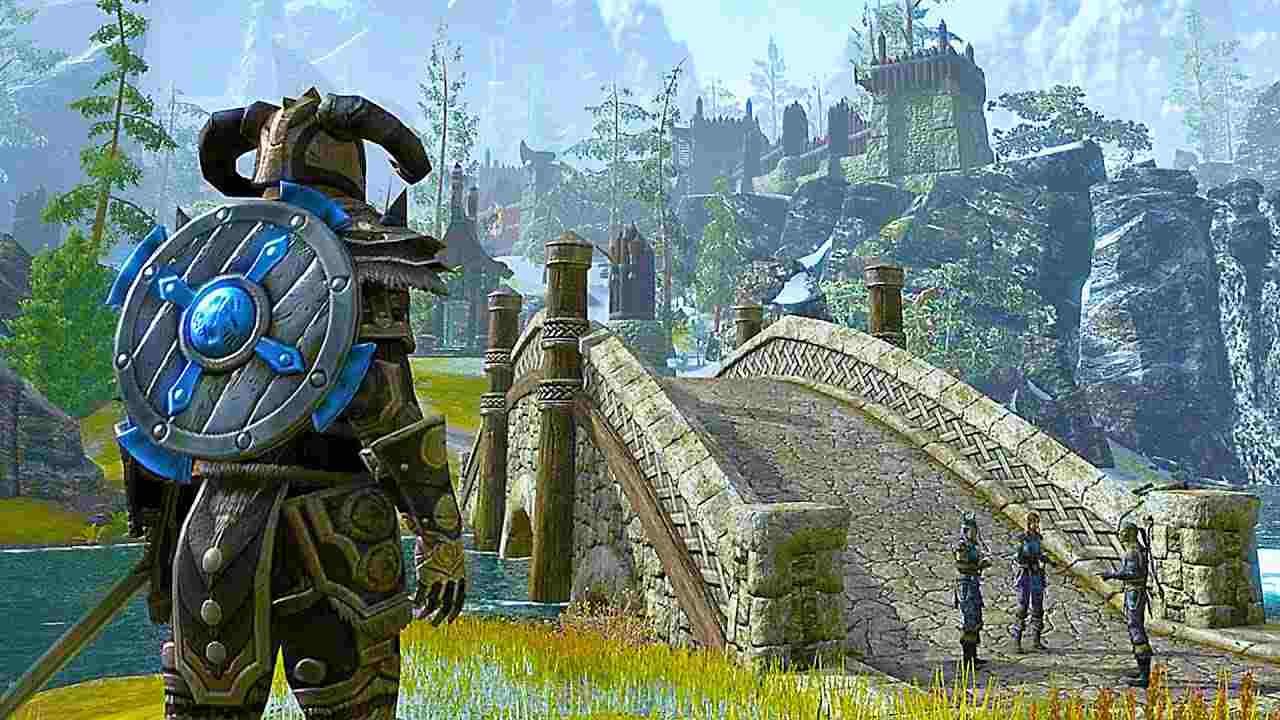

The senatorial order of the 4th century was thus the equivalent of the equestrian order of the Principate.Īccording to Roman legend, Rome was founded by its first king, Romulus, in 753 BC. At the same time the ranks of senators were swollen to over 4,000 by the establishment of the Byzantine Senate, a second senate in Constantinople and the tripling of the membership of both senates. During the 4th century, the status of equites was debased to insignificance by excessive grants of the rank. This effectively reduced the Italian aristocracy to an idle, but immensely wealthy, group of landowners.

Senators and equites formed a tiny elite of under 10,000 members who monopolised political, military and economic power in an empire of about 60 million inhabitants.ĭuring the 3rd century AD, power shifted from the Italian aristocracy to a class of equites who had earned their membership by distinguished military service, often rising from the ranks: career military officers from the provinces (especially the Balkan provinces) who displaced the Italian aristocrats in the top military posts, and under Diocletian (ruled 284–305) from the top civilian positions also. But the career structure of both groups was broadly similar: a period of junior administrative posts in Rome or Roman Italy, followed by a period (normally a decade) of military service as a senior army officer, followed by senior administrative or military posts in the provinces.

There was a clear division between jobs reserved for senators (the most senior) and those reserved for non-senatorial equites. During the Principate, equites filled the senior administrative and military posts of the imperial government. Under Augustus, the senatorial elite was given formal status (as the ordo senatorius) with a higher wealth threshold (250,000 denarii, or the pay of 1,100 legionaries) and superior rank and privileges to ordinary equites. In the later republican period, Roman senators and their offspring became an unofficial elite within the equestrian order. In the late republic, the property threshold stood at 50,000 denarii and was doubled to 100,000 by the emperor Augustus (sole rule 30 BC – AD 14) – roughly the equivalent to the annual salaries of 450 contemporary legionaries. The rank was passed from father to son, although members of the order who at the regular quinquennial (every five years) census no longer met the property requirement were usually removed from the order's rolls by the Roman censors. With the exception of the purely hereditary patricians, the equites were originally defined by a property threshold. They continued to supply the senior officers of the army throughout the Principate. 88 BC, equites were no longer drafted into the legionary cavalry, although they remained technically liable to such service throughout the Principate era (to AD 284). The presence of equites in the Roman cavalry diminished steadily in the period 200–88 BC as only equites could serve as the army's senior officers as the number of legions proliferated fewer were available for ordinary cavalry service. These new recruits came from the first class of commoners in the Centuriate Assembly organisation, and were not granted the same privileges.īy the time of the Second Punic War (218–202 BC), all the members of the first class of commoners were required to serve as cavalrymen. Legionary cavalry started to recruit wealthier citizens from outside the 18 centuriae. Around 300 BC the Samnite Wars obliged Rome to double the normal annual military levy from two to four legions, doubling the cavalry levy from 600 to 1,200 horses. Around 400 BC, 12 more centuriae of cavalry were established and these included non-patricians ( plebeians). 6.1 Rise of the military equestrians (3rd century)ĭuring the Roman kingdom and the first century of the Roman Republic, legionary cavalry was recruited exclusively from the ranks of the patricians, who were expected to provide six centuriae of cavalry (300 horses for each consular legion).6 Equestrians in the Later Empire (AD 197–395).5.5 Oligarchical rule in the early Principate (to AD 197).5.1 Differentiation of the senatorial order.5 Augustan equestrian order (Principate era).4.1 Transformation of state and army (338–290).


 0 kommentar(er)
0 kommentar(er)
